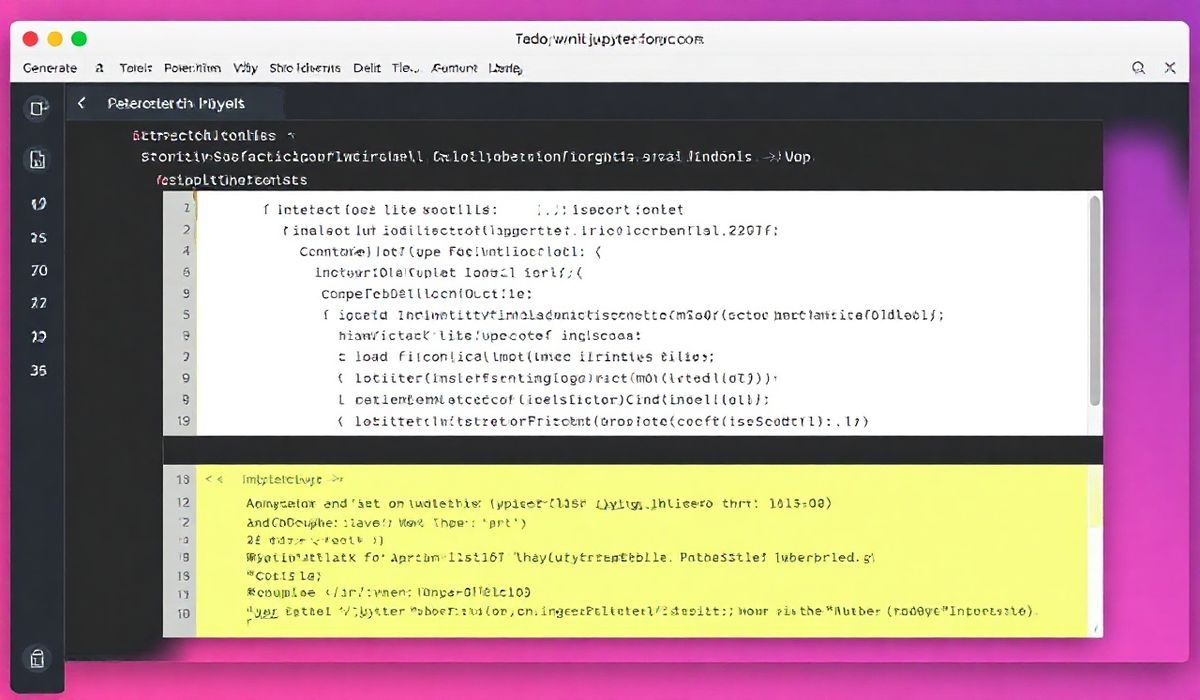Introduction to Jupyter Console
The Jupyter Console is an interactive shell for the Jupyter ecosystem, providing an efficient way to work with Jupyter notebooks in a command-line environment. It’s particularly useful for running quick calculations, exploring data, and testing code snippets without the overhead of a browser-based notebook.
Key Features and APIs of Jupyter Console
Below are some essential APIs and examples to help you leverage the power of Jupyter Console to its fullest:
Running the Jupyter Console
To start the Jupyter Console, use the following command:
$ jupyter console
Loading Jupyter Notebook
You can load an existing Jupyter Notebook (.ipynb file) in the console:
$ jupyter console --existing.ipynb
Executing Code
The console allows you to execute Python code interactively:
In [1]: a = 10 In [2]: b = 20 In [3]: a + b Out[3]: 30
Using Magic Commands
Jupyter Console supports magic commands for enhanced functionality:
In [1]: %timeit sum(range(1000)) 10000 loops, best of 3: 36.9 µs per loop
Integrating with External Libraries
You can seamlessly integrate external libraries like NumPy, Pandas, and Matplotlib:
In [1]: import numpy as np In [2]: np.random.rand(3) Out[2]: array([0.623, 0.938, 0.275])
Customizing the Jupyter Console
Personalize the console settings:
$ jupyter console --colors=Linux $ jupyter console --kernel=python3
Using the Jupyter Console in an Application
Here’s a complete example of using Jupyter Console along with various APIs inside a Python application:
import numpy as np
def example_function():
from IPython import get_ipython
ipython = get_ipython()
print("Executing code in Jupyter Console")
ipython.run_line_magic('timeit', 'sum(range(1000))')
a = np.random.rand(3)
print("Generated array: ", a)
ipython.run_cell("b = np.random.rand(3)\nprint('Second array: ', b)")
if __name__ == "__main__":
example_function()
This example demonstrates the power and flexibility of the Jupyter Console, making it a must-have tool for any Python developer.




